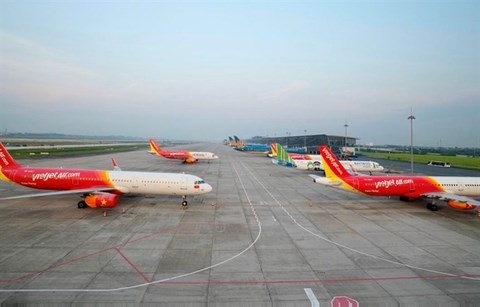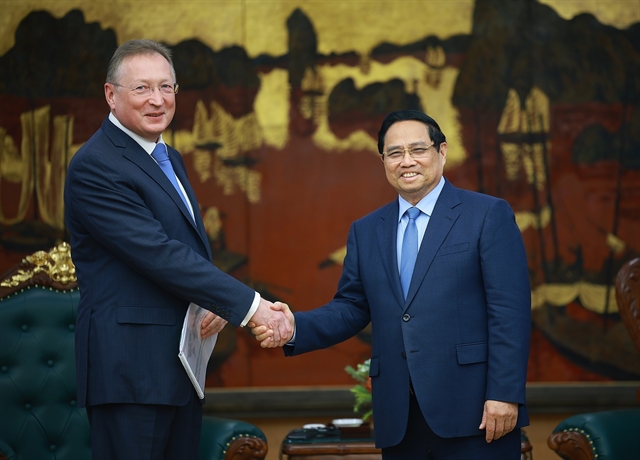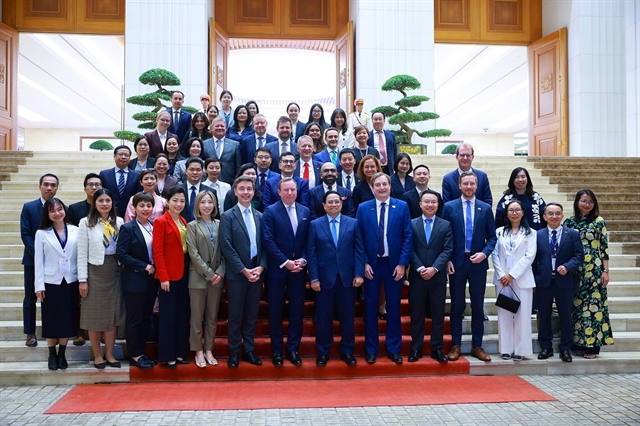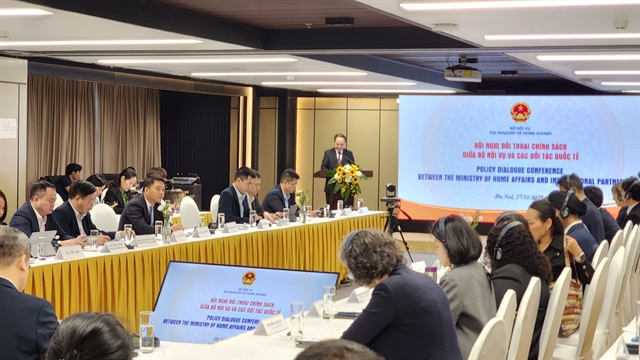 Economy
Economy

 |
| Subhas Menon, Director General of Association of Asia Pacific Airlines. — VNA Photo |
After the COVID-19 pandemic, the global aviation sector, including Việt Nam's, has witnessed a boom due to a recovery in travel demand. However, airlines are facing many difficulties, especially factors affecting input costs such as exchange rates, aircraft rental and purchase costs, and public rental costs, causing difficulties for airlines. At the same time, a shortage of aircraft also resulted in a supply that cannot keep up with demand, leading to high airfare prices. Vietnam News Agency spoke to Subhas Menon, Director General of Association of Asia Pacific Airlines (AAPA) on this issue.
What are the specific factors that negatively affect the operations, costs and profitability of airlines and why?
If you look at the means of production for airlines there are three main costs.
The first is aircraft which is already a very expensive commodity. On top of that, there has been a huge surge in demand after borders reopened following the COVID-19 pandemic so the demand for aircraft has gone to an unprecedented extent.
For Việt Nam and Asia, the reopening was much later, they are at the back of the queue for the aircraft waiting to be delivered so the cost of course will go up because the supply of aircraft, delivery of spares have all been delayed also because of the supply chain issue also affecting the world such as Ukraine conflicts as well as Gaza’s. So that’s one major cost.
The second commodity or means of production is fuel. Jet fuel before COVID-19 cost US$115 per barrel, now it is priced between $120-130 per barrel. That is also a major cost for airlines.
At the same time, airlines have to attract back many staff left the industry as a result of COVID-19. Wages are also going up. All other costs including airport costs and route navigation charges have gone up. Cost is a major factor affecting airlines to recover quickly.
If they don’t get the aircraft that they have ordered the next option is to lease aircraft. The interest rate globally is very high. Leasing costs have also gone up. So operating costs are generally on the rise so that’s one of the biggest factors.
Finally it is demand. Demand is affected by currency and inflation, especially the USD has gone up so much, so it becomes difficult for people to travel long-haul destinations.
Currently, the public thinks ticket fares in Việt Nam are high. What is the general average of air fares in countries around the world?
It’s not only in Việt Nam. Airfares are generally high all over the world because prices are the function of demand and supply. If demand is much more than supply, then prices tend to be high. So this is the case now. Just talk about aircraft deliveries and delays. So supply is not keeping up with demand so that’s why airfares are high. Later, when supply can find an equilibrium with demand then the fares will of course reduce. This is a very dynamic situation.
Could you please tell us about the airlines' demand for lease aircraft to meet travel demand in the summer peak season? Is it easy for airlines to lease aircraft and how does the cost of leasing aircraft evolve in the context of high demand for airlines to compensate for groundings due to engine recalls and the problems Boeing is facing?
I think the problem with Boeing is not directly affecting airlines in the APAC region. But of course, the engine issues for the Airbus A321 is a big problem for many airlines in the region.
This is because the time required for the inspection of the engines and the repairs is very long, an average of 300 days. Airlines are looking for leasing options but leasing companies are also facing difficulty getting aircraft and spares in time. But I think there are also many leasing companies around the world. Airlines will be able to transition to a leasing environment as quickly as they can until supply chain issues are resolved.
Việt Nam is a promising market with a huge population and is among the highest in the world. Việt Nam and ASEAN are in a good position.
Global air travel has already recovered to pre-COVID levels but in the APAC region, borders opened much later. We are catching up with the growth in demand.
APAC’s growth was very strong at 131 per cent in 2023. Việt Nam is a very important part of this growth and I think the potential is very strong, as long as the demand is resilient.
Airlines in this region will recover very quickly and they will be able to continue to drive the economy. What’s happening today is that the service sector especially air travel and tourism is driving the growth in GDP in APAC which is averaging at 4.2 per cent for 2024 compared to the world’s average of just 2.1 per cent. It's more than double. Things are looking very good for Việt Nam. — VNS




